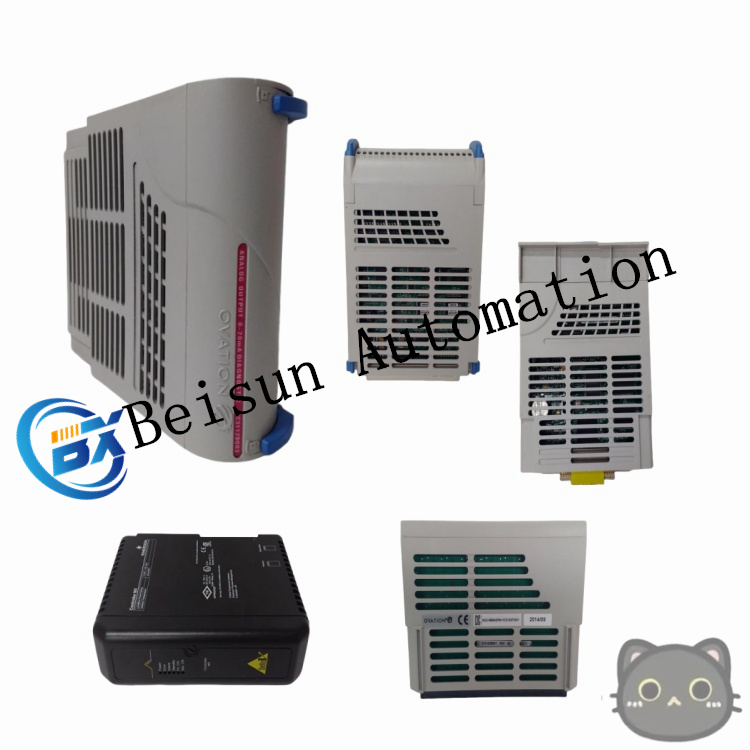Product information
Reviews
Shipping & returns
Product information
Emerson 1C31113G05 Analog input module
Functional characteristics
Multi-channel input: It usually has multiple analog input channels and can simultaneously connect multiple analog signal sources, such as signals from different sensors, to achieve simultaneous monitoring of multiple process parameters. This helps to enhance the integration and efficiency of the system and reduce the number and cost of modules used.
High-precision conversion: It features a high-precision analog-to-digital conversion function, capable of precisely converting analog signals into digital signals. Its resolution is relatively high, generally reaching 16 bits or higher, capable of capturing minute changes in analog signals, providing accurate data support for the control system, and thus achieving precise process control.
Wide-range input signal support: It can accept various types and ranges of analog input signals, commonly including standard signals such as ±10V and ±20mA, and can also handle some special sensor output signals, such as weak signals generated by thermocouples and thermal resistors. This flexibility enables it to adapt to different types of sensors and measurement requirements.
Electrical isolation: To enhance the stability and anti-interference capability of the system, the module adopts electrical isolation technology. It isolates the input signal from other parts of the system, effectively preventing external electromagnetic interference from entering the control system. At the same time, it also avoids the interference within the system from affecting the input signal, ensuring the accuracy and reliability of signal transmission.
Fault diagnosis and self-protection: It has an inbuilt fault diagnosis function, which can automatically detect the status of input signals, such as signal loss, out-of-range, sensor failure, etc., and send alarm information to the control system through indicator lights or communication interfaces. In addition, the module also has a certain self-protection function. When encountering abnormal situations, it can automatically take measures, such as cutting off the input signal or retaining the last valid data, to prevent incorrect data from affecting the system.

Technical parameters
Number of input channels: Usually 8 channels or 16 channels, etc. The specific number depends on different models and configurations.
Input signal range: Supports multiple standard signal ranges, such as ±1V, ±5V, ±10V, 4-20mA, 0-20mA, etc., which can be selected through hardware patch cords or software configuration.
Resolution: Generally 16 bits, and some high-end models may reach 18 bits or higher, which means it can convert analog signals into digital signals with 65,536 (16 bits) or more subdivision levels.
Accuracy: The typical accuracy is ±0.1% or higher. The specific accuracy index depends on the design and manufacturing process of the module, as well as the range and type of the input signal.
Sampling frequency: The sampling frequency is typically between tens of Hz and several thousand Hz, which can meet the sampling requirements of analog signals in most industrial processes. A higher sampling frequency can capture the dynamic changes of the signal more accurately, but it will also increase the processing burden of the system.



Reviews
There are no reviews yet.